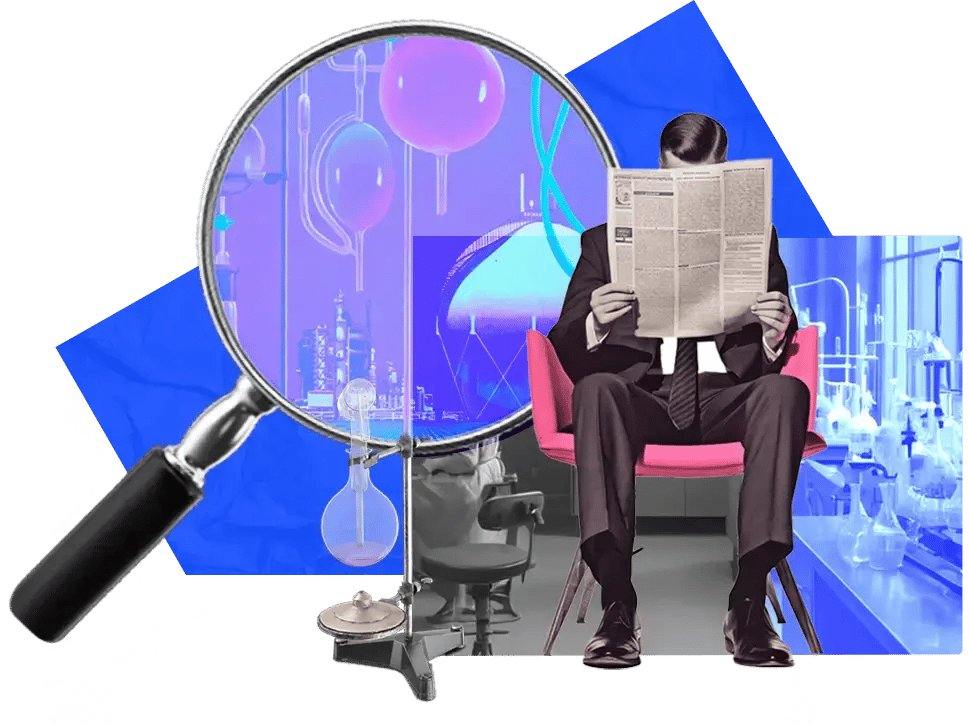 Roadmapping
Roadmapping
ITONICS INNOVATION BLOG
Let's talk innovation
Inspiring insights and best practices on innovation management, foresight, and strategy.

 Roadmapping
Roadmapping
 Idea Management
Idea Management
Bright Ideas In Your Suggestion Box: How to Boost Workplace Innovation
05 May 25 | 13 mins read
 Innovation Management
Innovation Management
Chief Innovation Officers: Responsibilities, Strategies & Tools
29 Apr 25 | 8 mins read
 Idea Management
Idea Management
How to Develop New Product Ideas: 8 Proven Strategies
24 Apr 25 | 18 mins read
 Innovation Management
Innovation Management
10 Process Improvement Hacks to Bring Bright Ideas to Market Faster
16 Apr 25 | 16 mins read
 Idea Management
Idea Management
How to Run a Successful Hackathon: From Idea Generation to Real-World Prototyping
15 Apr 25 | 11 mins read
 Roadmapping
Roadmapping
Top 10 Steps for a Clear and Future-Ready Technology Roadmap
07 Apr 25 | 10 mins read
 Portfolio Management
Portfolio Management
Best 6 R&D Management Software to Streamline R&D Operations
03 Apr 25 | 10 mins read
 Innovation Management
Innovation Management
Impactful Innovation Intelligence: A Guide to Data-Driven Innovation
03 Apr 25 | 7 mins read





